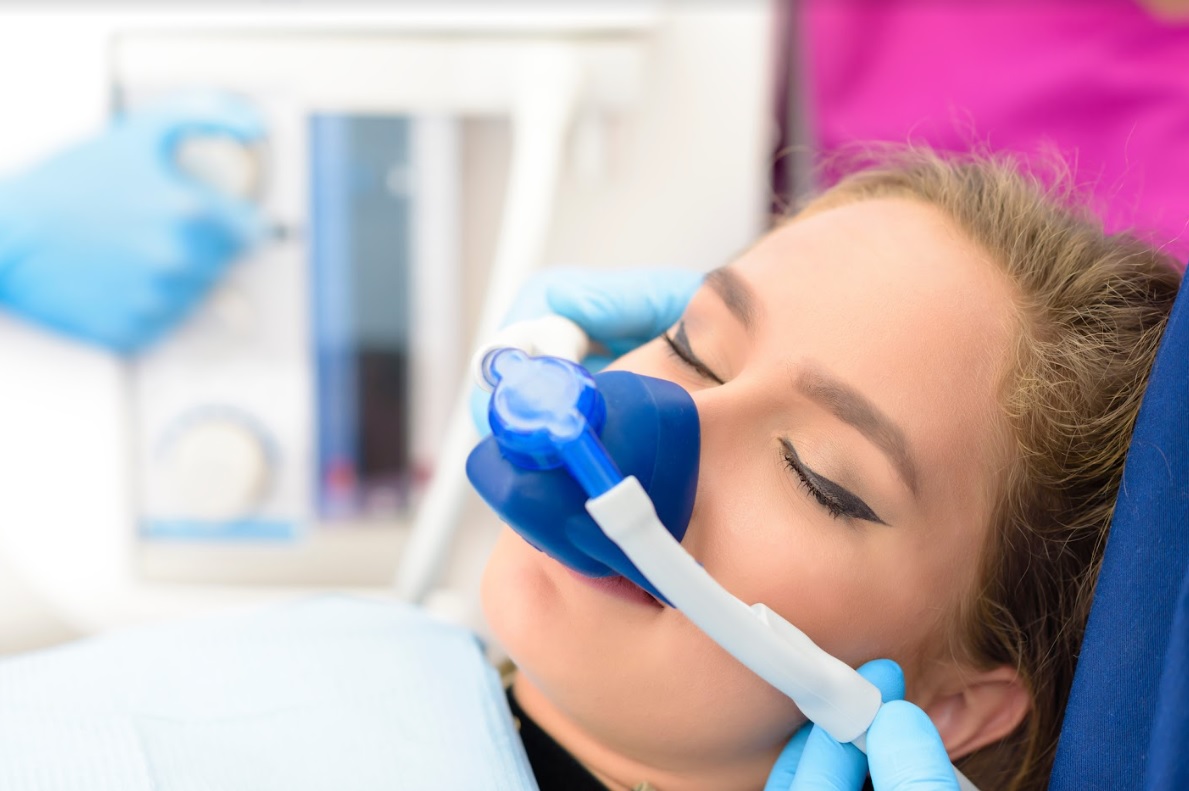Dental extractions, or tooth removals, are just one of the treatments necessary for many types of oral health care. If you’ve ever been to a dentist and needed an extraction procedure, then you know that it can be an intimidating experience. But with the right knowledge about what happens during a dental extraction procedure, you can go into your appointment or family dental visit feeling informed and comfortable. In this blog post, we will explain step-by-step exactly what happens when you need a tooth removed, so there won’t be surprises along the way!
Here is what you can expect during a dental extraction procedure
Pre-Procedure Preparation
A. Types of medications that may be prescribed before the procedure
Before a dental extraction procedure, your dentist may prescribe antibiotics to reduce the risk of infection, or other medications, such as ibuprofen, to relieve pain and swelling. It is important to discuss any allergies you have before taking any medication.
B. Questions to ask your dentist before the procedure
Before undergoing a dental extraction, patients need to ask their dentist questions about the procedure, such as what type of tooth will be extracted (molar, premolar, etc.), whether local anesthesia or sedation will be used during the procedure, and if there are any risks associated with it. Patients should also ask their dentist what type of post-operative care is recommended after the procedure.
C. What to expect during pre-procedure consultation
During a pre-procedure consultation, your dentist will discuss the procedure with you and answer any questions. They may also take X-rays to understand the tooth’s structure and determine the type of extraction necessary (simple or surgical). Additionally, your dentist may explain how local anesthesia or sedation will be administered during the procedure and provide you with written instructions on how to care for yourself after the procedure.
During the Dental Extraction Procedure
A. Steps involved in a typical extraction procedure
During a dental extraction procedure, the dentist will first administer local anesthesia or sedation (if necessary). They will then use an instrument to loosen and remove the tooth. If a surgical extraction is required, your dentist may need to make incisions in the gums and cut away some of the bone structure to access the tooth. Once the tooth has been removed, stitches may be placed in any incisions made in the gums.
B. Use of local anesthesia or sedation during the procedure
Local anesthesia numbs only one area of the mouth and can be used for simple extractions. Sedation is typically recommended for more complicated procedures, such as surgical extractions, as it helps relax patients anxious about undergoing a dental extraction procedure.

C. Potential complications during the procedure
During a dental extraction, there is always a risk of broken teeth or cracked jawbones. Patients may also experience excessive bleeding or swelling, requiring additional treatment, such as stitches.
D. Aftercare instructions after the procedure
After the dental extraction procedure is complete, your dentist will provide written instructions on how to care for yourself and reduce any discomfort associated with the tooth being removed. They may also advise you to avoid strenuous activities for a few days following the extraction to allow healing time.
Post–Procedure Care
A. Pain relief medications and other post-operative care tips
Your dentist may prescribe pain relief medications to help reduce any discomfort associated with the procedure. They may also advise you to use a cold compress on your face and gums to reduce swelling and apply an antiseptic mouthwash several times a day for optimal healing.
B. Diet restrictions after the procedure
After a dental extraction, patients must follow their dentist’s instructions on what type of food they should eat during recovery. Generally speaking, soft foods are recommended since they are easier on the gums and teeth. Avoid eating hard or crunchy foods that may cause further irritation or aggravate pain.
C. Signs of infection to watch out for
During the recovery process, patients must watch out for any signs of infection, such as redness and swelling near the extraction site, fever, pus draining from the area, or a foul odor. If any of these symptoms are present, it is important to contact your dentist immediately.
D. Recovery time associated with the extraction procedure
Depending on the type of tooth extracted and the complexity of the procedure, recovery time can range anywhere from 1-2 weeks. During this period, it is important to follow your dentist’s instructions on post-operative care to reduce discomfort and promote optimal healing.
E. When should one see a dentist again after an extraction?
It is recommended that patients visit their dentist about 1 week after their dental extraction for a follow-up appointment. During this visit, your dentist will check on the healing process and ensure no complications are present.
F. Possible complications that may arise during the recovery period
During the recovery period, some patients can experience a dry socket, a condition in which the bone is exposed due to inadequate healing of the extraction site. Additionally, the infection can occur if proper post-operative care is not taken.
Conclusion
A dental extraction procedure is a relatively painless and quick procedure that can help improve your oral health. However, it’s important to be aware of its potential risks, including infection and dry sockets. Your professional dentist or family dentist will provide thorough instructions on aftercare, so you should follow their advice closely to minimize potential risks and ensure the best possible outcome from your procedure. As long as you visit a reputable and professional dental practice for your family dental visits, you can rest assured that any extraction process will be completed safely and successfully.
